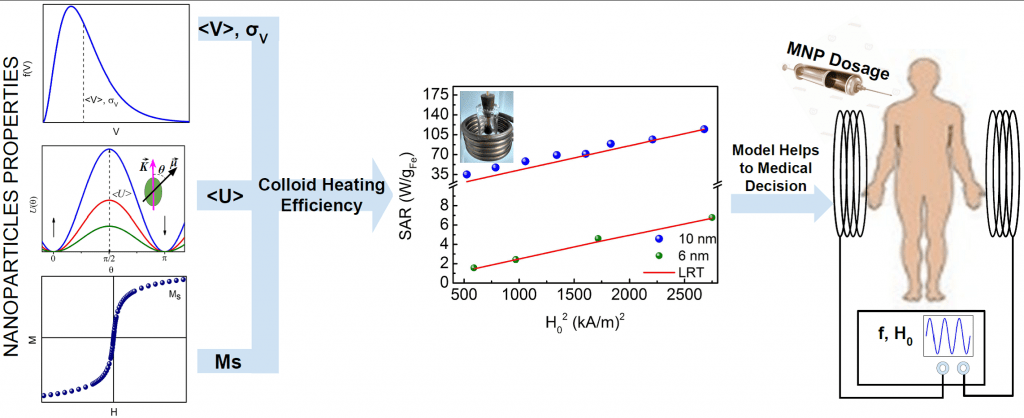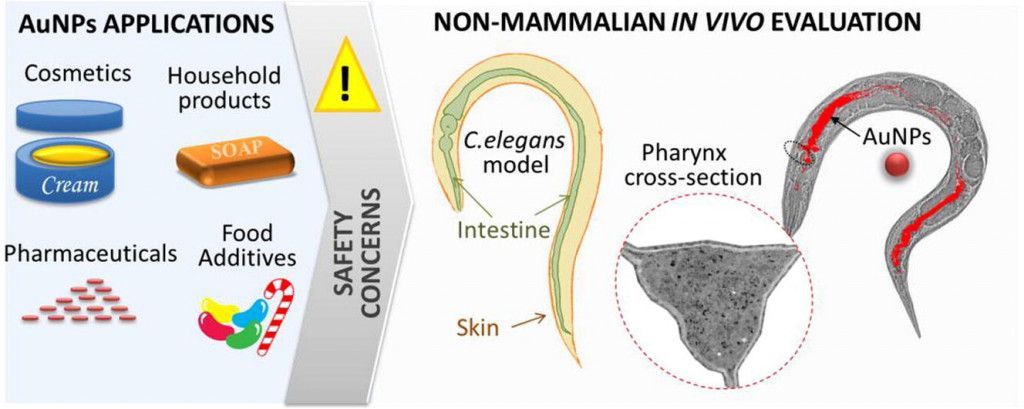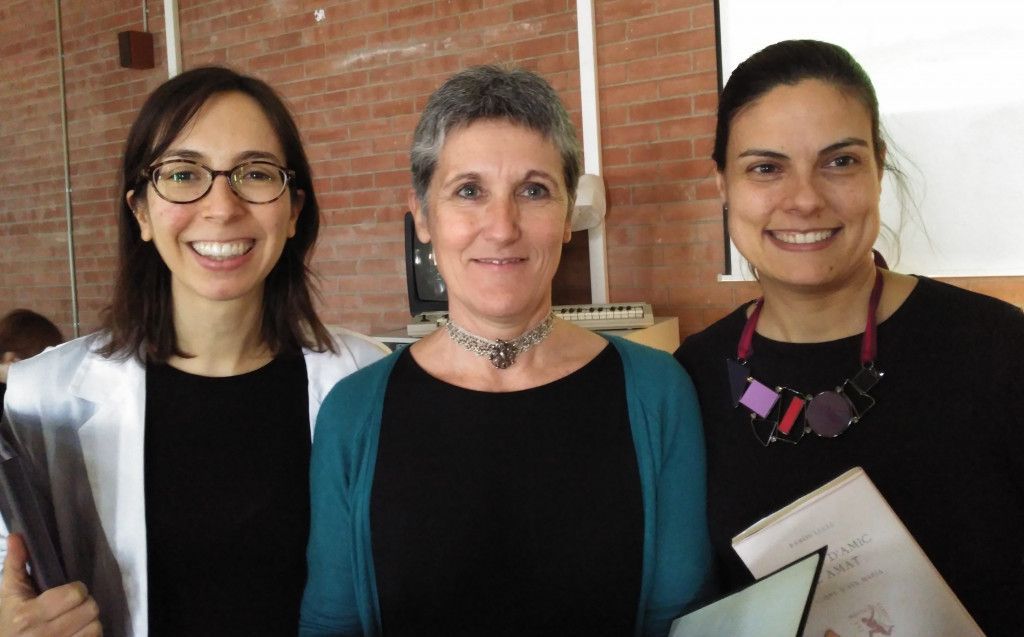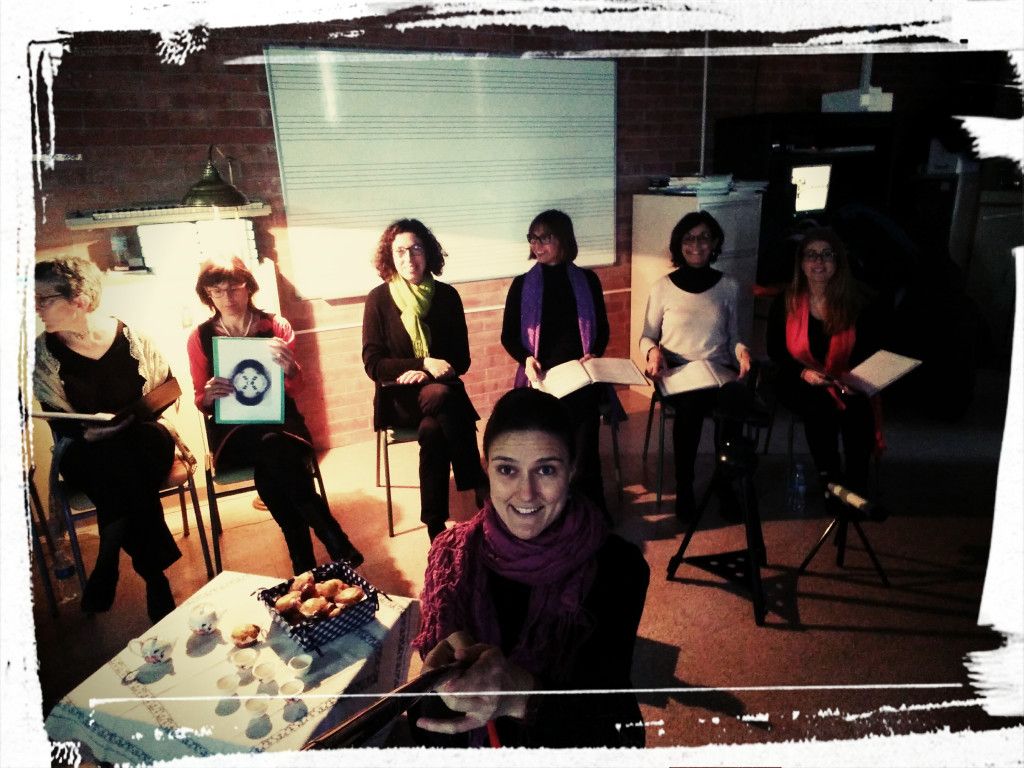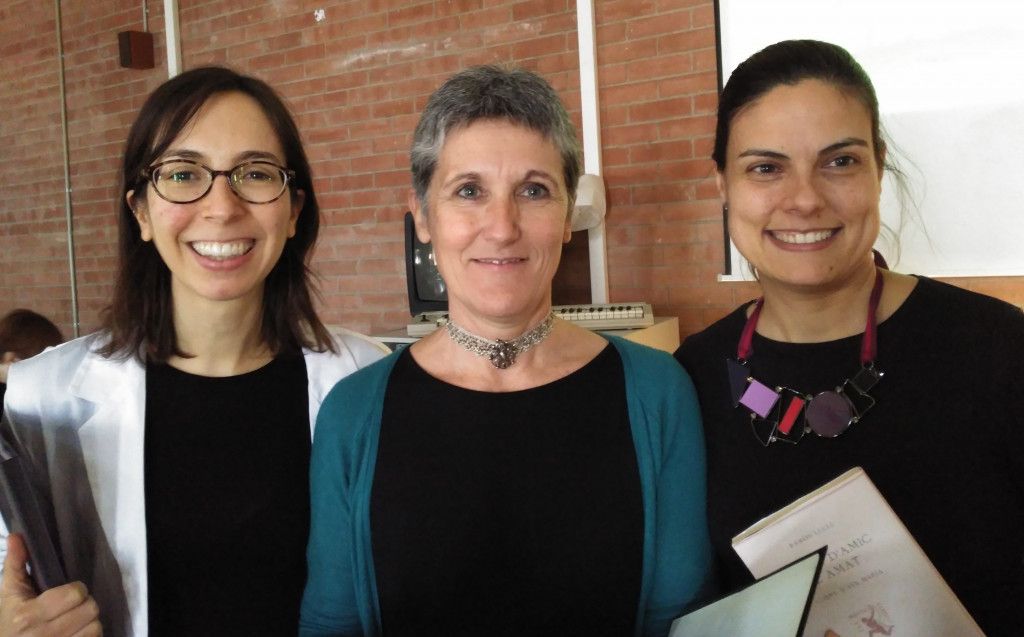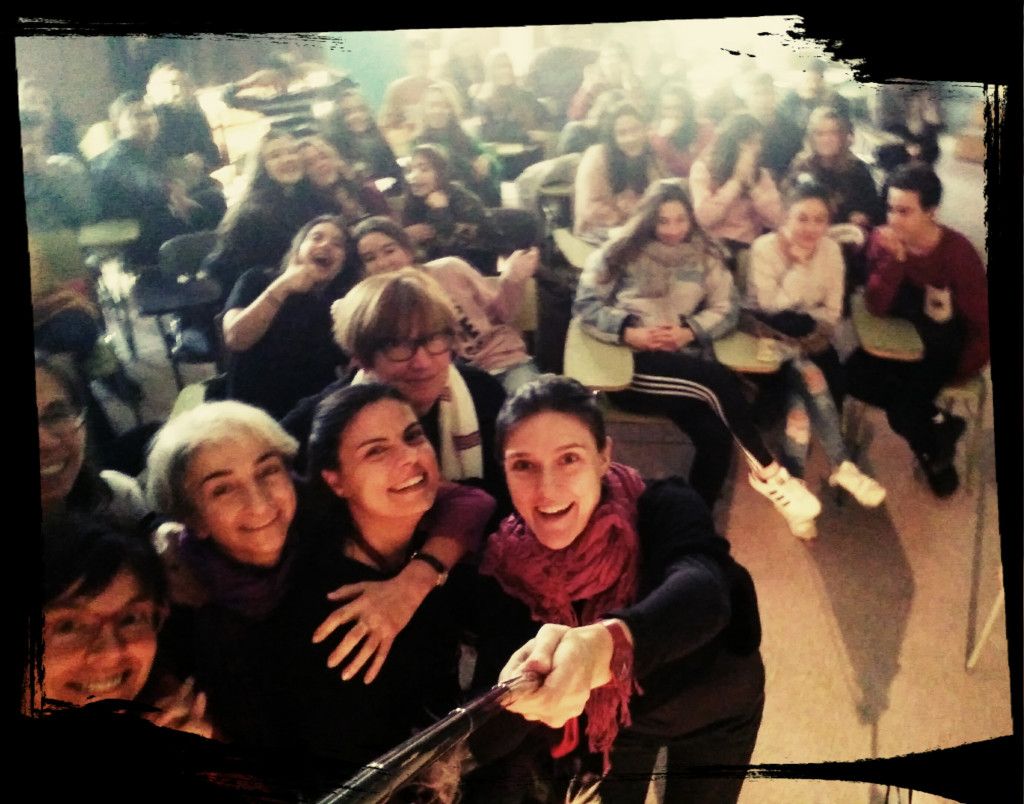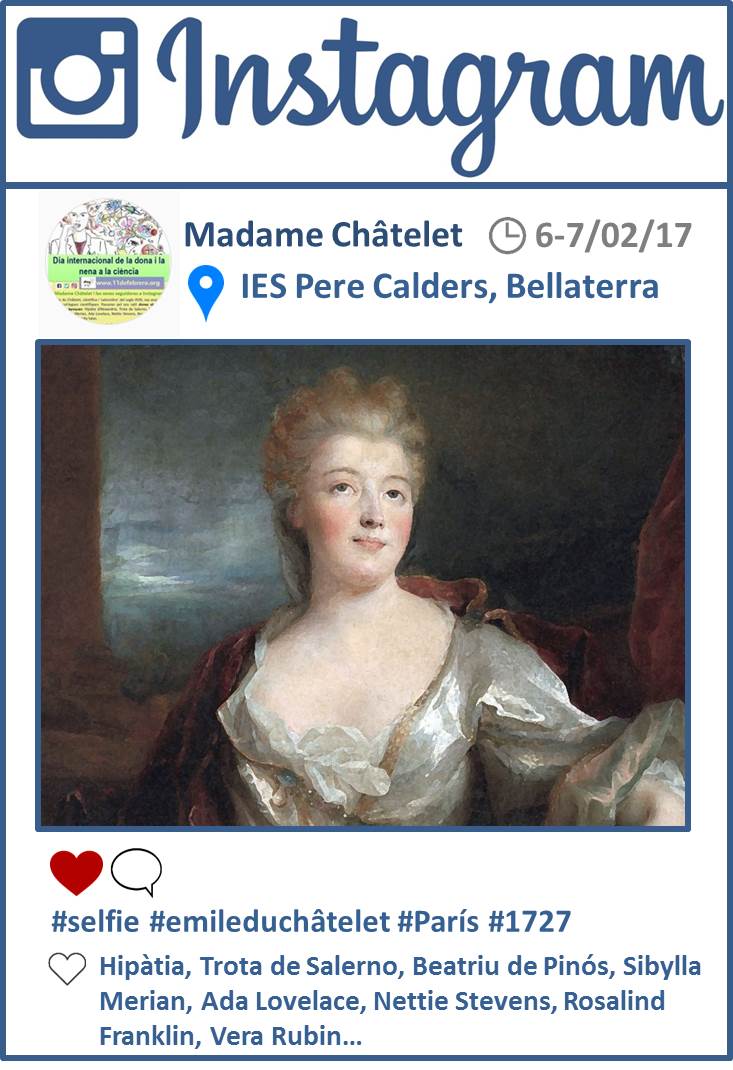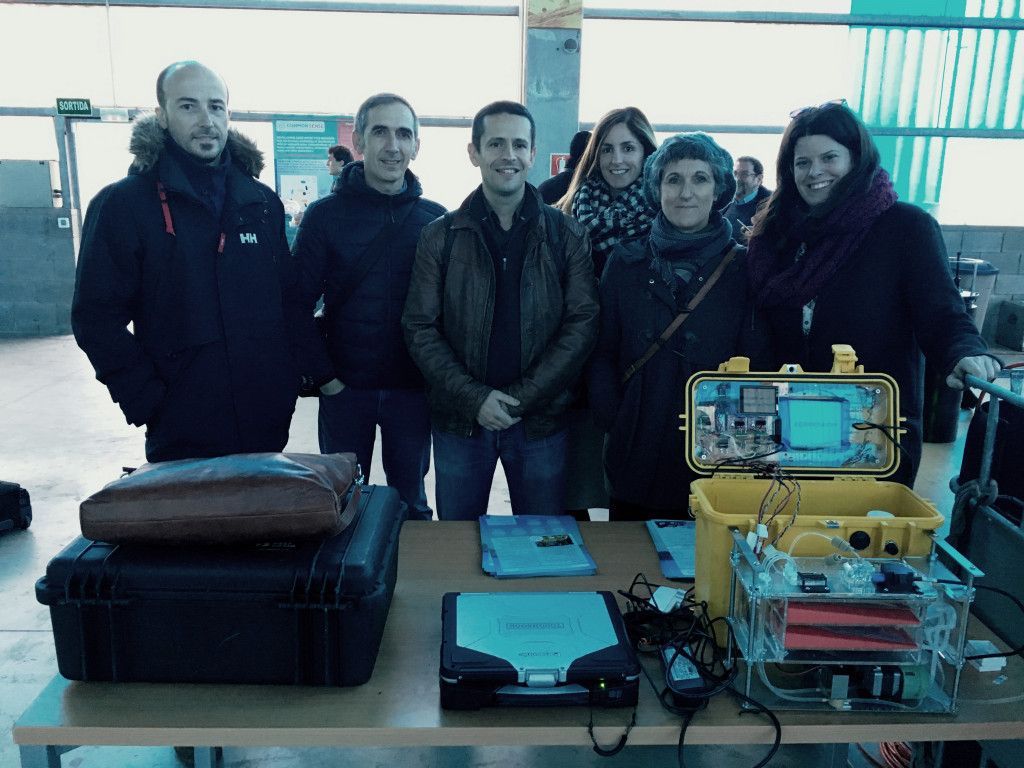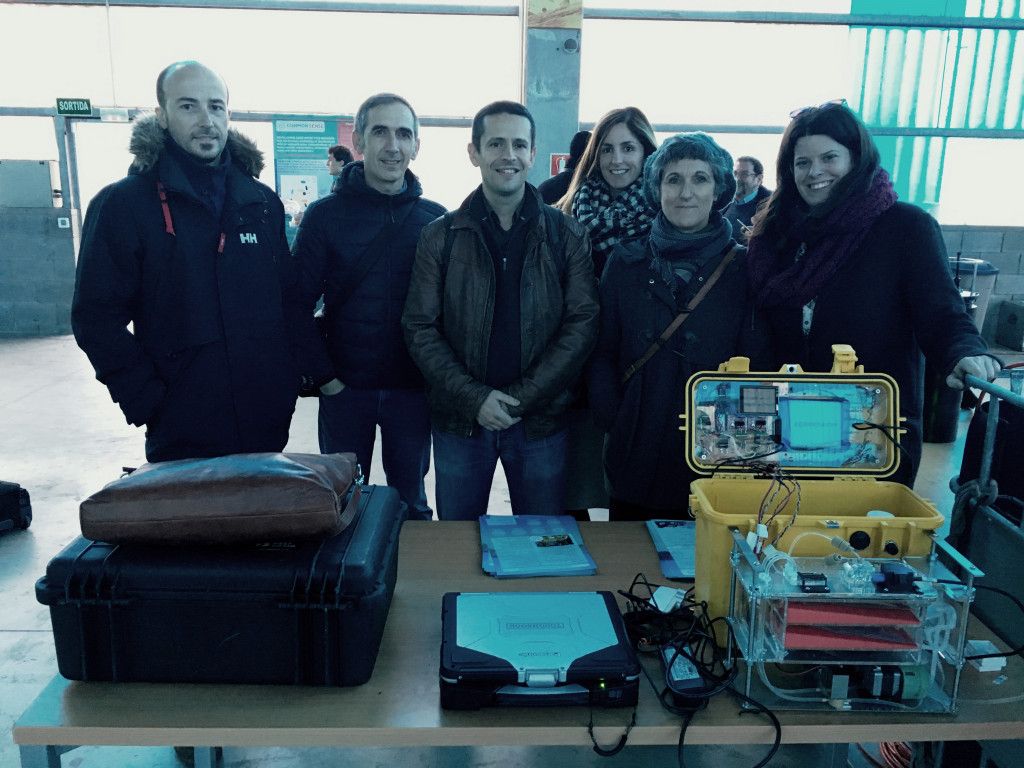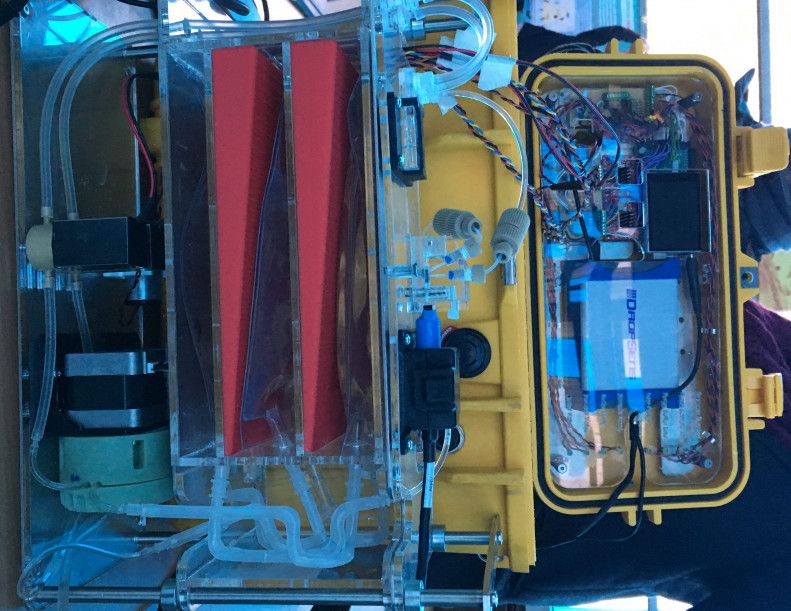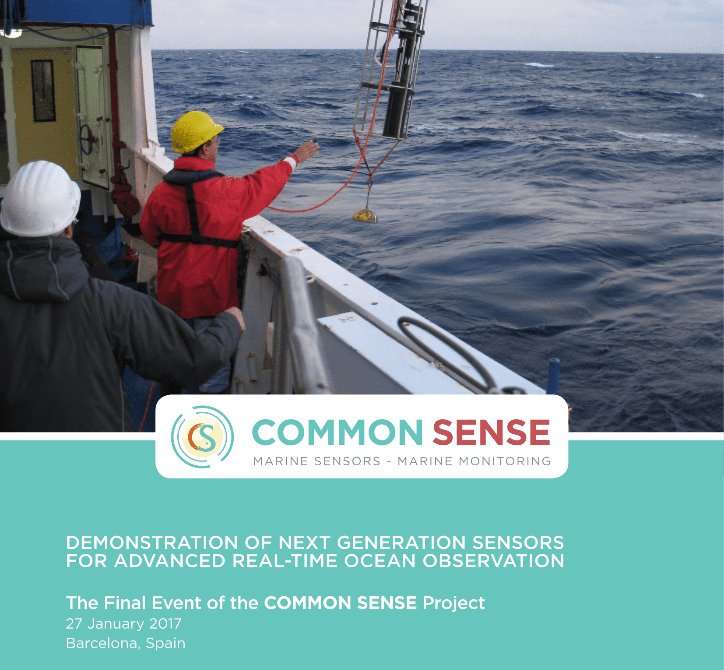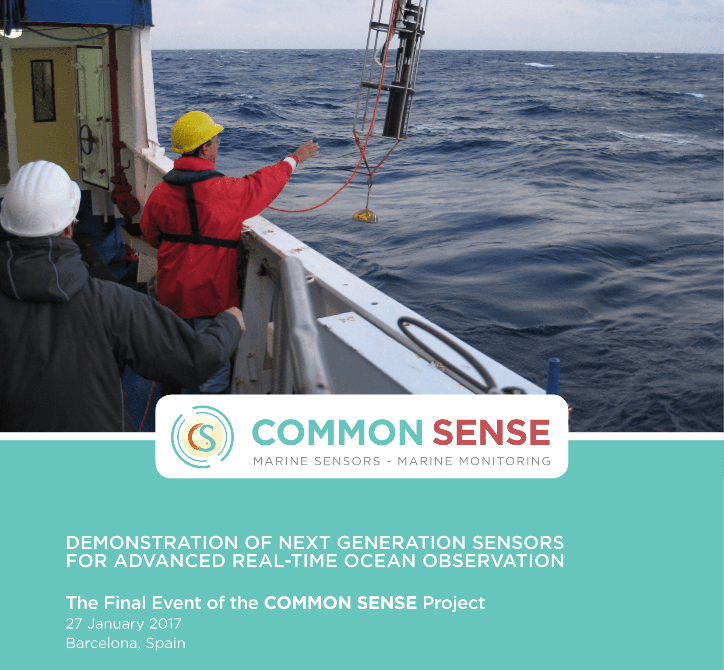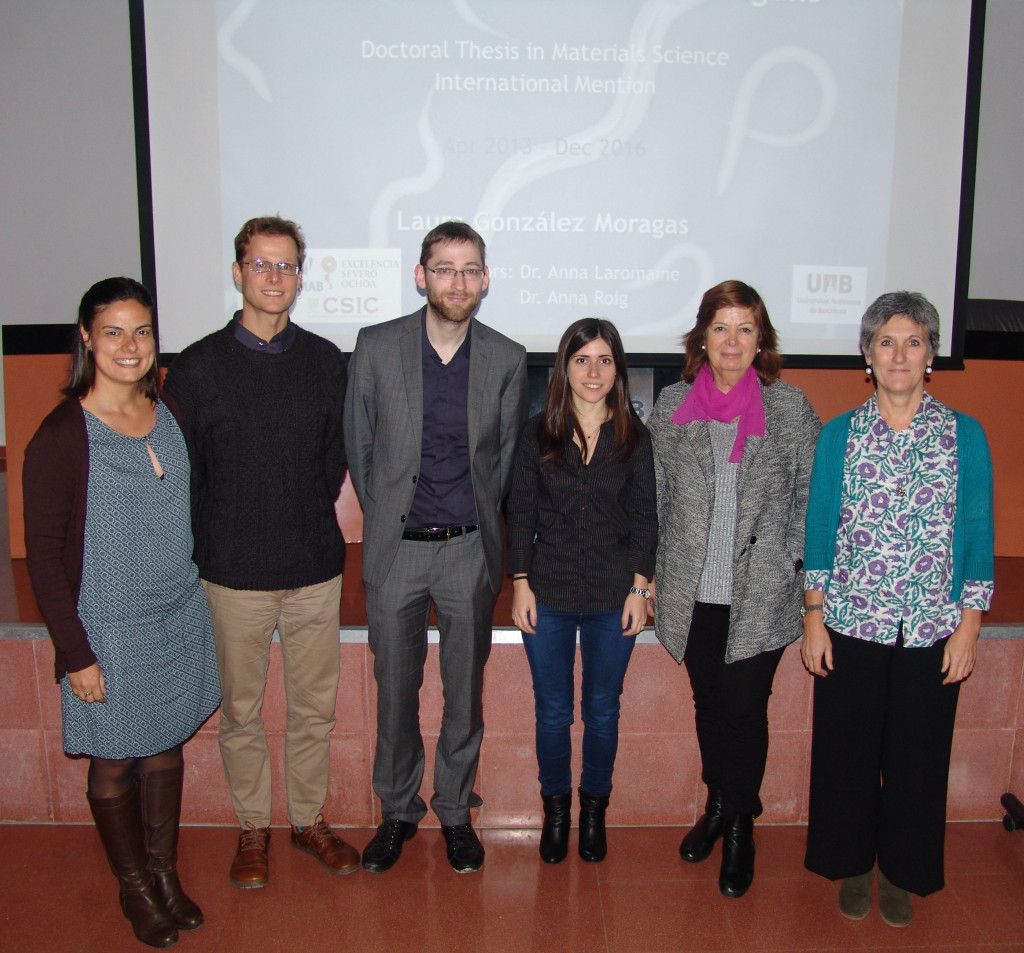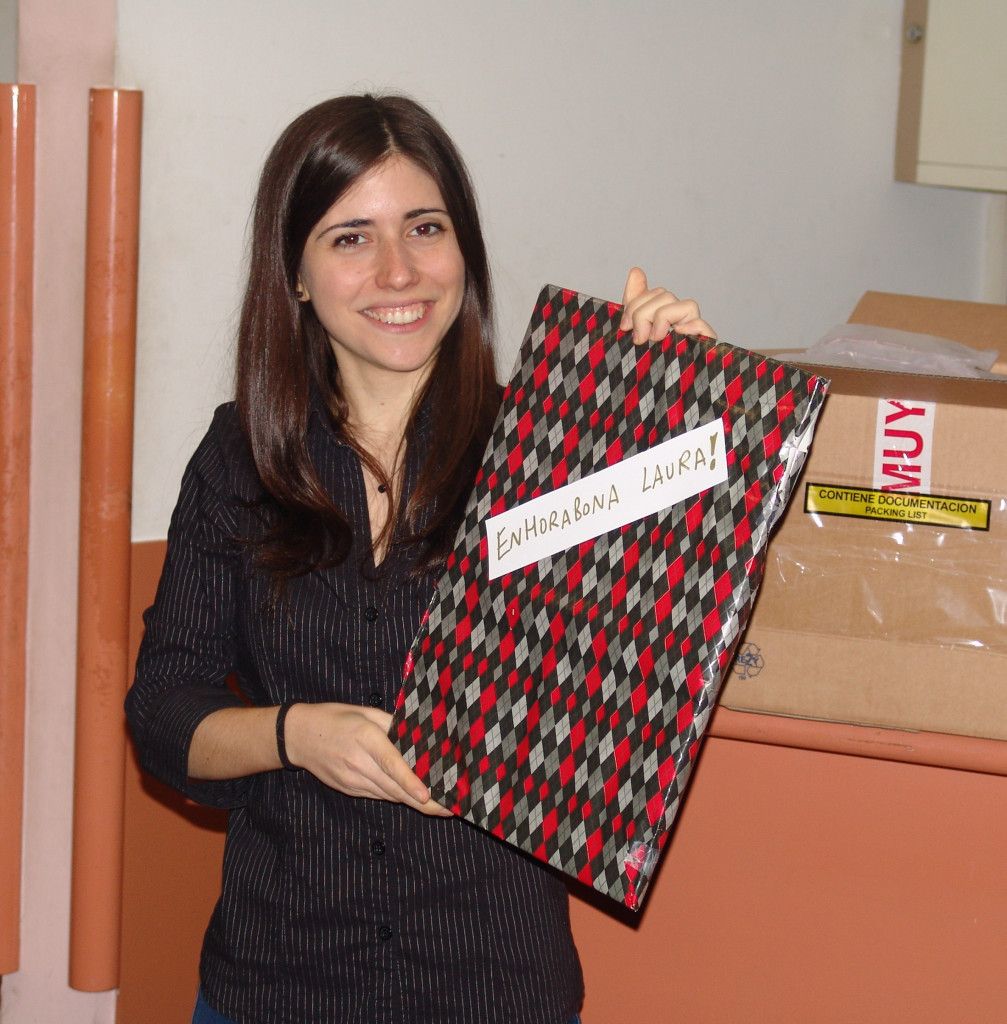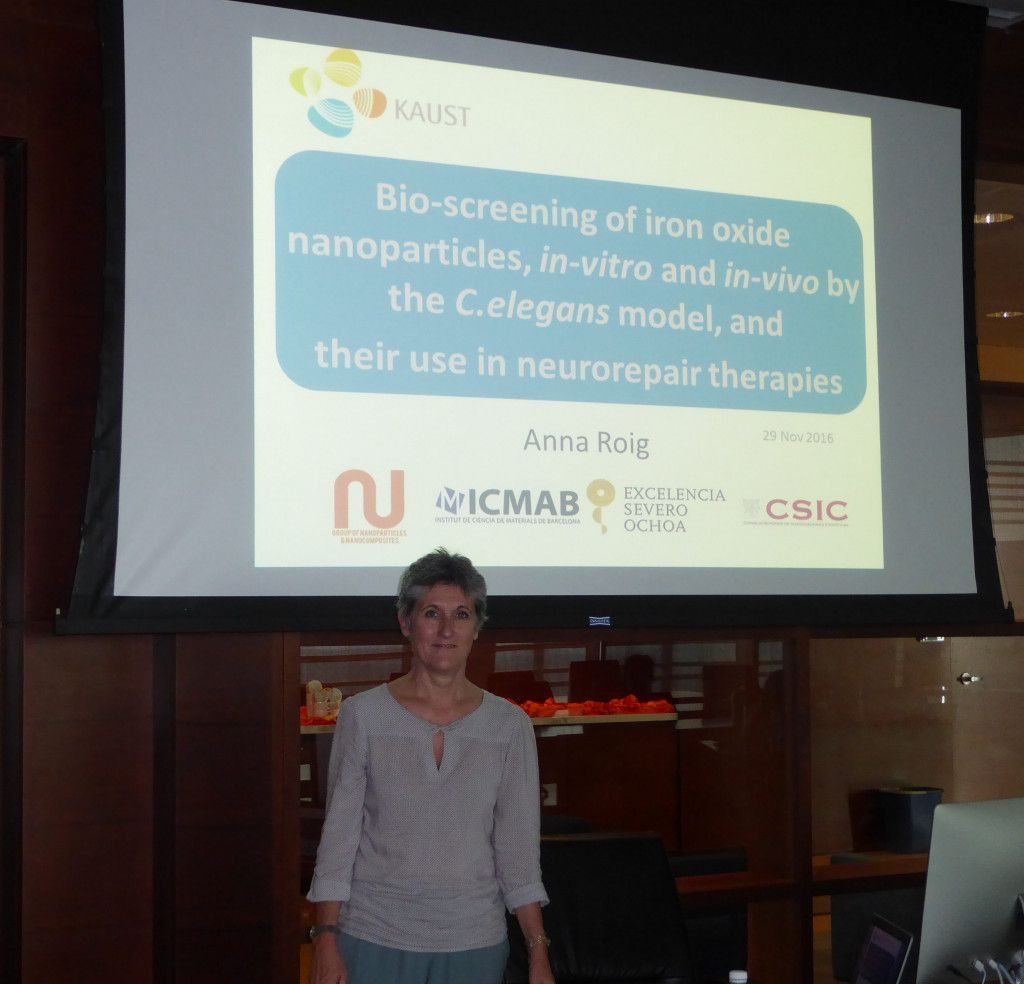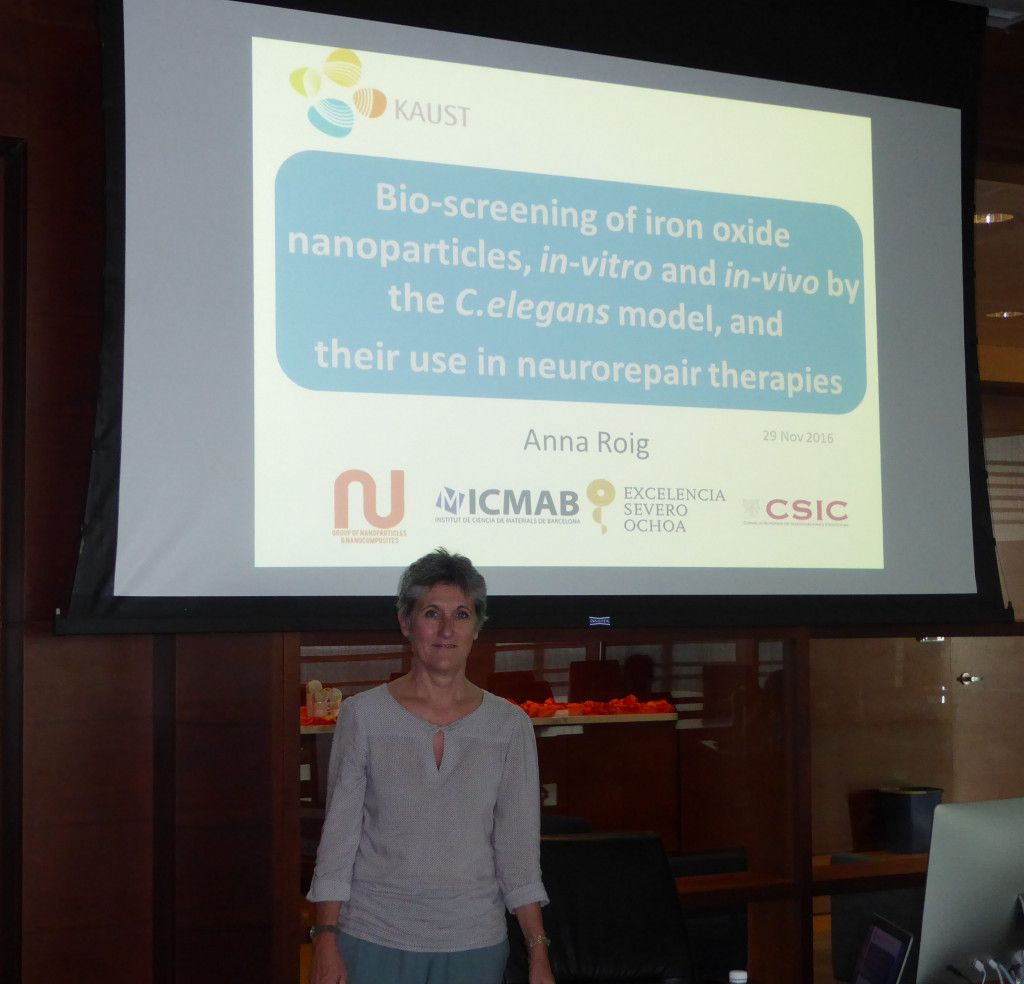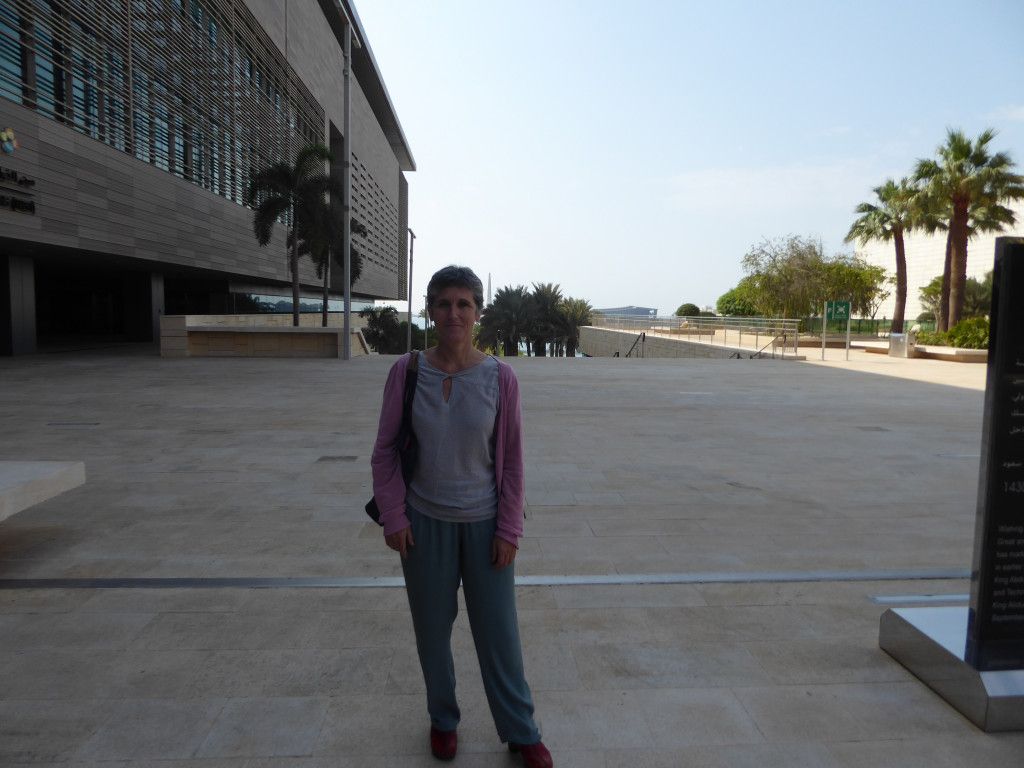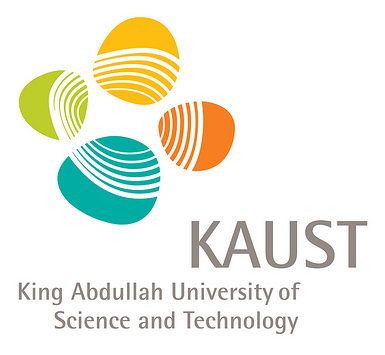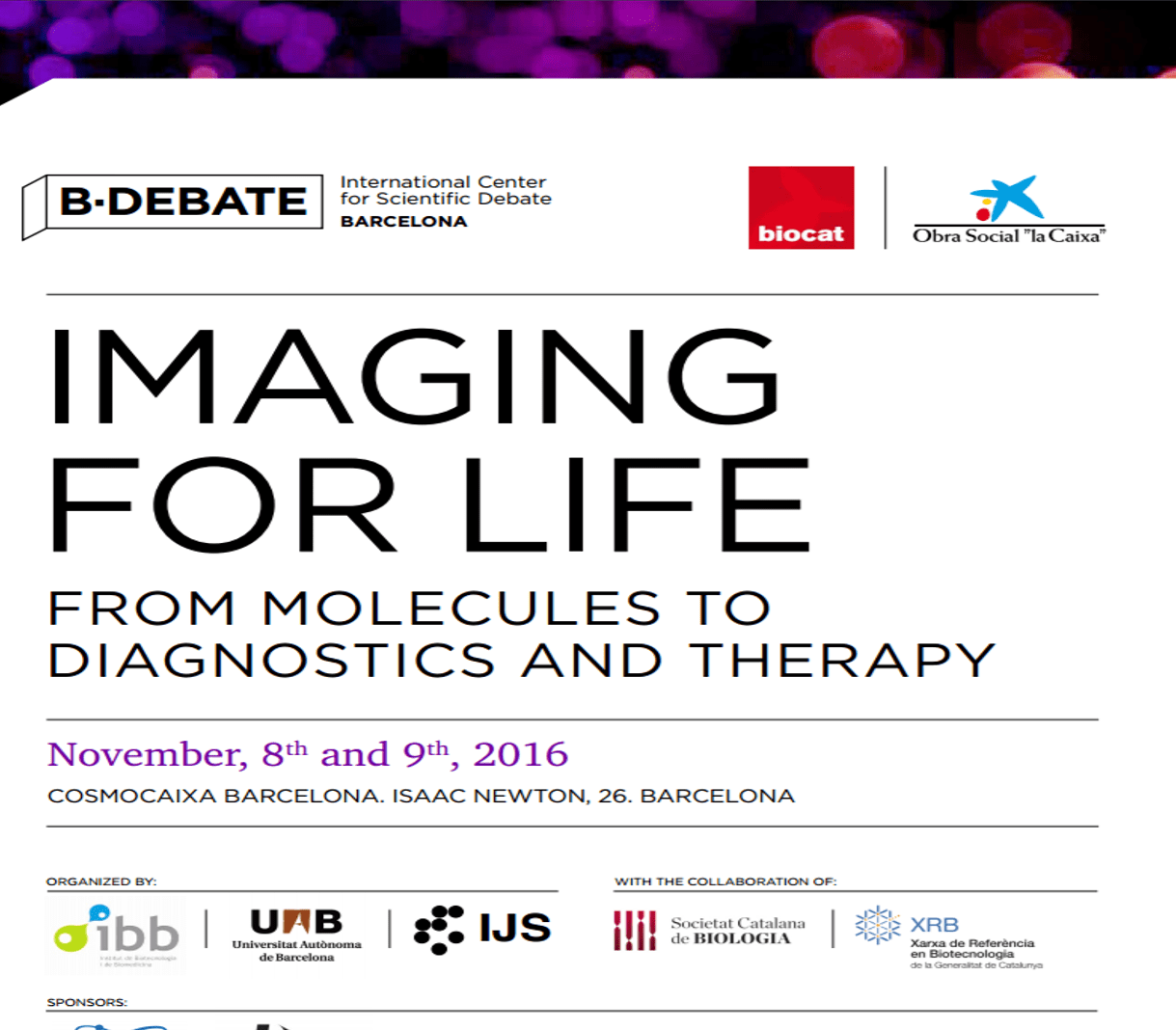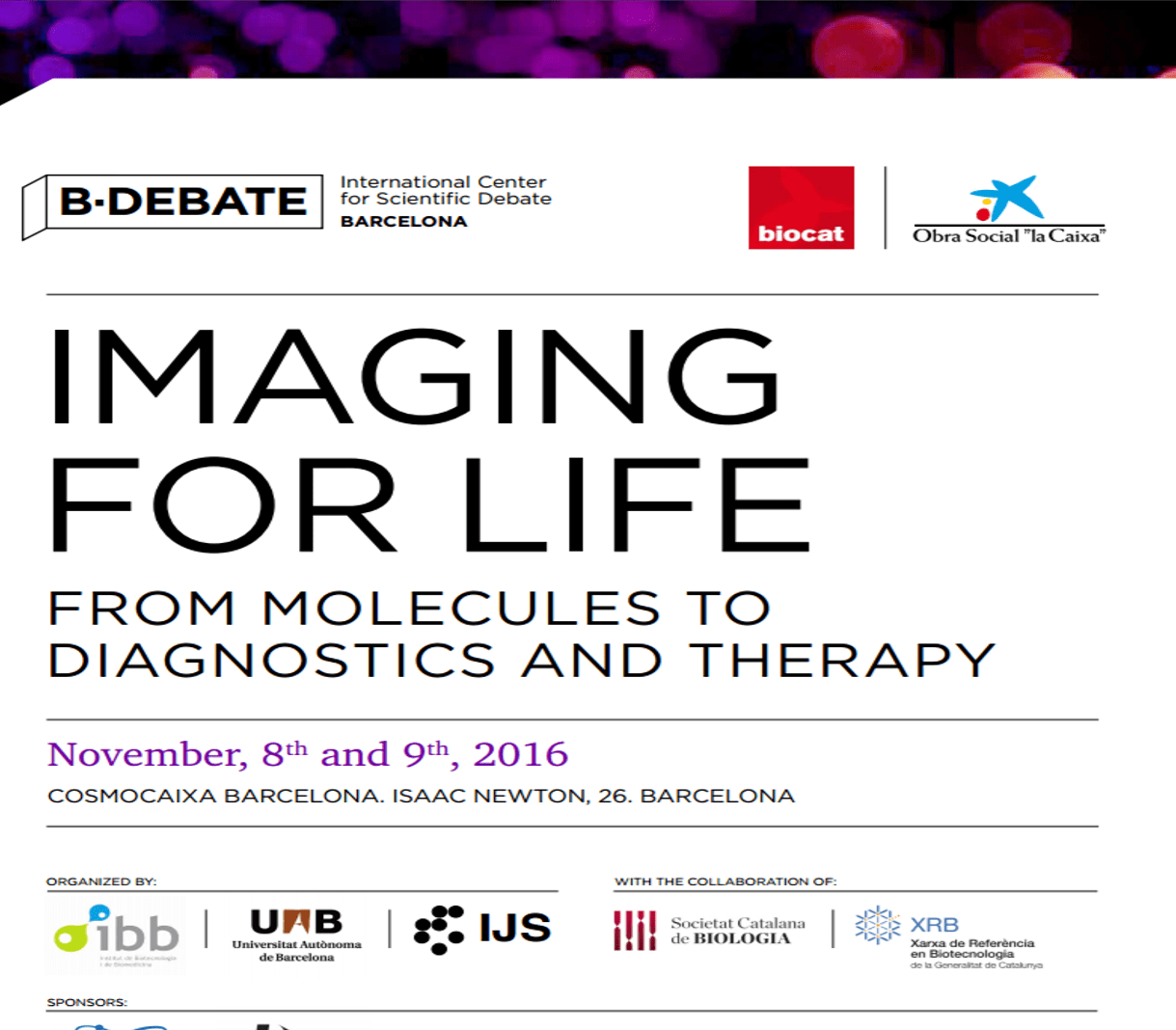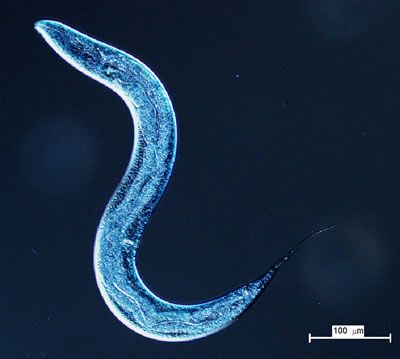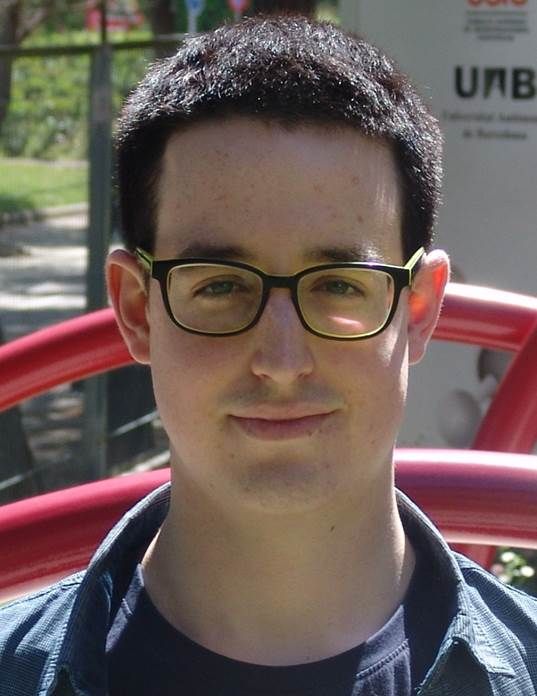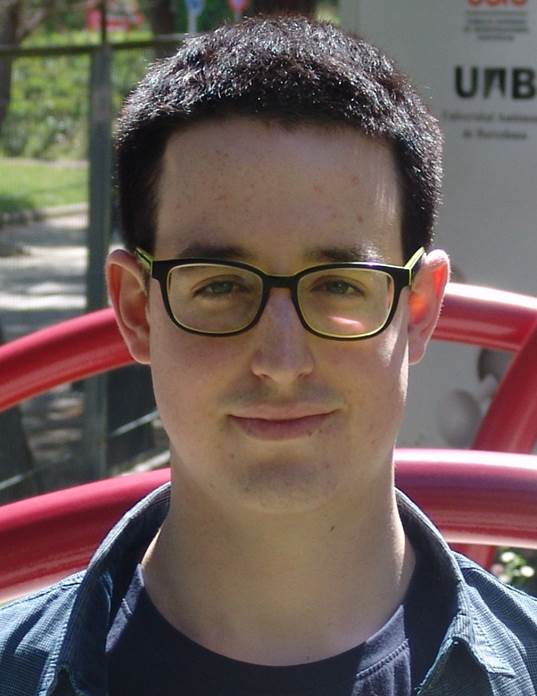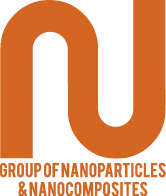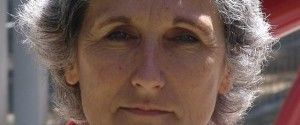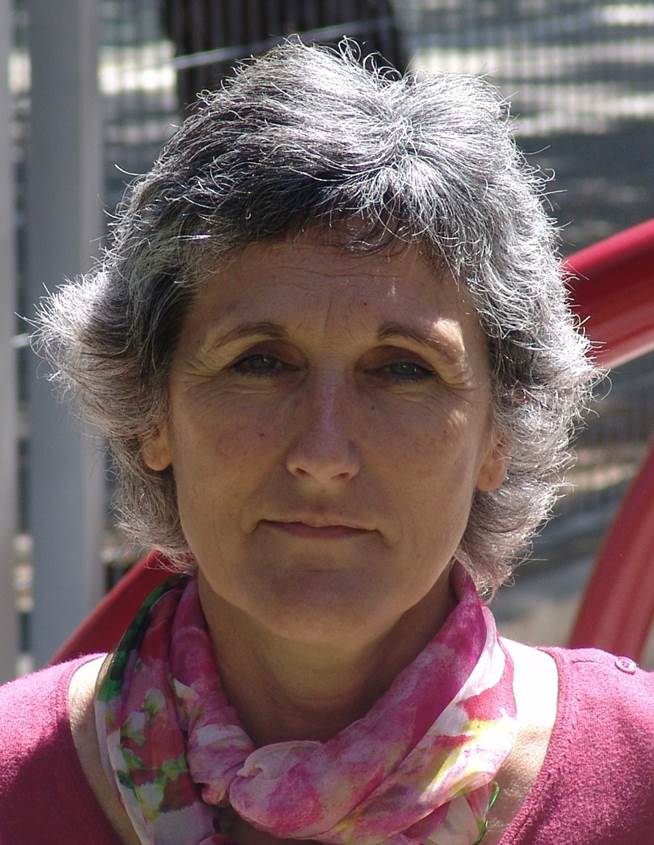Accepted Manuscript in Physical Chemistry Chemical Physics on hyperthermia
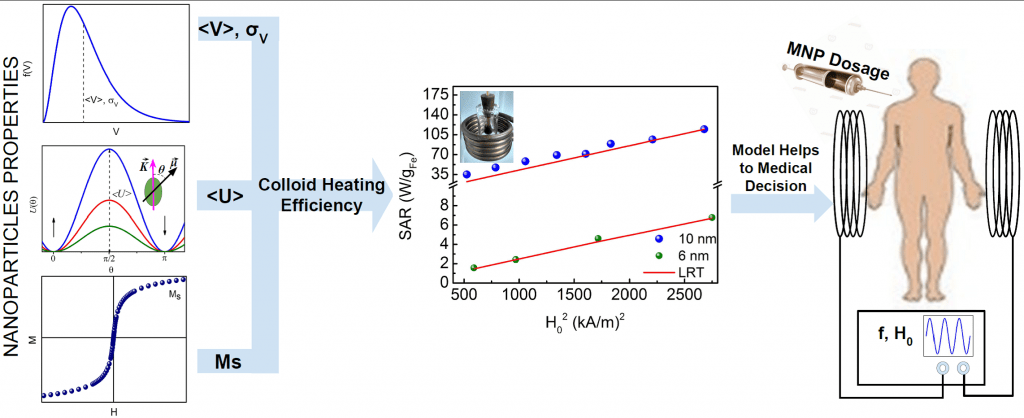
The article “Anticipating hyperthermia efficiency of magnetic colloids by a semi-empirical model: a tool to help medical decisions” (DOI: 10.1039/C6CP08059F and is now available online.
This paper is the result of a collaboration with the Instituto de Física La Plata (IFLP- CONICET) at the Universidad Nacional de La Plata (UNLP) in Argentina.
Congratulations!
Abstract:
Magnetic hyperthermia, a modality that uses radio frequency heating assisted with single-domain magnetic nanoparticles, is becoming established as a powerful oncological therapy. Much improvement in nanomateriales development, to enhance their heating efficiency by tuning the magnetic colloids properties, has been achieved.
However, methodological standardization to accurately and univocally determine the colloids properties required to numerically reproduce specific heating efficiency using analytical expressions still holds.Thus, anticipating the hyperthermic performances of magnetic colloids entails high complexity due to polydispersity, aggregation and dipolar interaction always present in real materials to a more or lesser degree.
Here, by numerically simulating experimental results and using real biomedical aqueous colloids, we analyse and compared several approaches to reproduce experimental specific absorption rate values. Then, we show that relaxation time, determined using a representative mean activation energy consistently derived from four independent experiments accurately reproduces experimental heating efficiencies.
Moreover, the so-derived relaxation time can be used to extrapolate the heating performance of the magnetic nanoparticles to other field conditions within the framework of the linear response theory. We thus present a practical tool that may truly aid the design of medical decisions.

